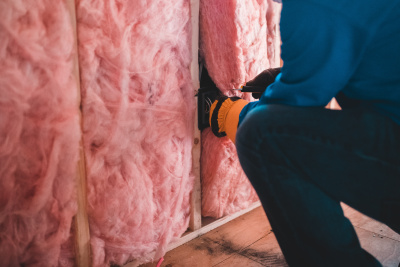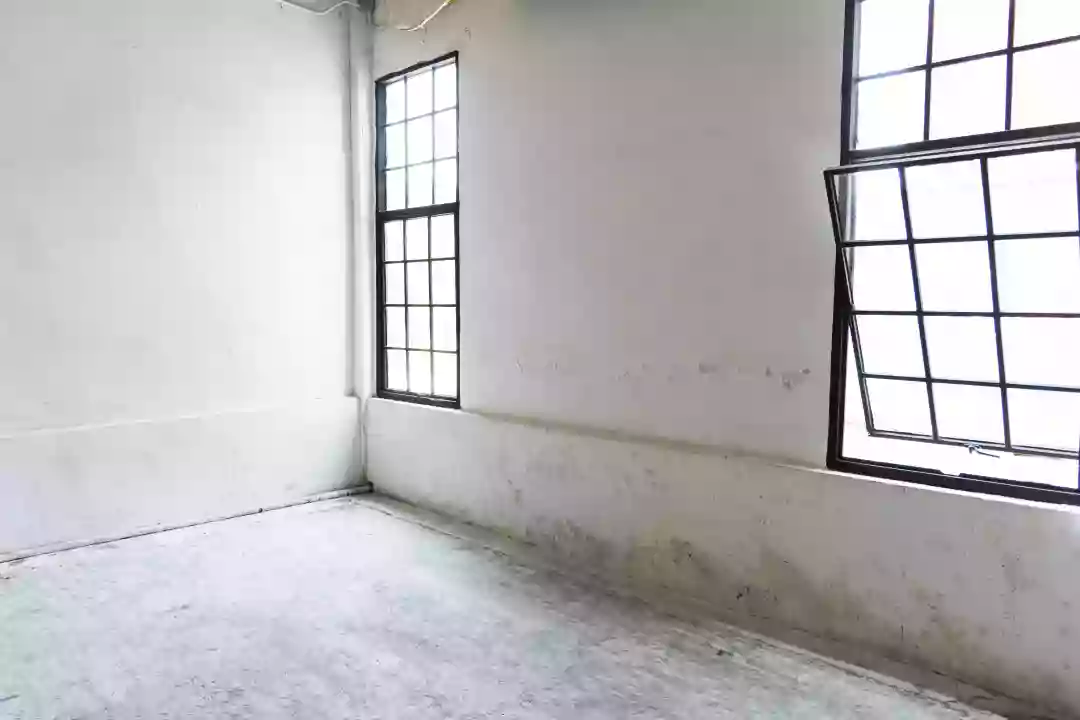Condensation
Condensation and excess moisture can easily accumulate, particularly during the colder months of the year. If the proper steps are done, the situation can be corrected and the problems avoided in the future. Damp and mould can pose serious health dangers, and if left untreated, they can destroy away at the timber in your roof! As a result, it's critical to understand the causes so that you can prevent or treat any damp difficulties.
Dampness in a loft is produced, unsurprisingly, by too much moisture; this can come in as rain from outside, but even if no rain enters the loft, moisture will rise up from the rooms below the loft, usually as humid air rises up. This humid air will pass through plasterboard ceilings, but most of it will rise up around downlighters, piping, or the loft hatch, or through extractor fans. All human activity produces moisture, but restrooms and kitchens produce the most humid air.
Air Leakage
Another sign of inadequate insulation is air leakage. A poorly-insulated building can leak air through small holes or gaps, resulting in higher energy bills. To combat this, it’s important to identify and seal any air leaks, install airtight doors and windows, and insulate the roof and walls with appropriate insulation materials. Homeowners should also consider installing a ventilation system to ensure proper airflow throughout the home and reduce the risk of condensation and air leakage.
People are becoming more aware of the importance of having an air-sealed home, not only because it can help create a healthy environment within your home, but also because it can result in significant savings, both during the summer and winter. Air leakage not only creates a tunnel that allows warm air to escape, but it also allows moisture and water vapour to build behind your walls, causing far more significant harm. This is why sealing air leaks and boosting home insulation is critical.

Need assistance finding loft insulation near you?
Get a QuoteOdour
The presence of musty odours in a home may also be a sign of poor insulation. If your home has poor insulation, the moisture that builds up inside your walls can become stagnant and create a musty odour. This can be caused by insufficient loft insulation and the growth of mould in wall cavities. It’s important to act quickly to identify the source of the odour and address the issue to prevent further damage or health issues in the home.
Mould needs three things to thrive: moisture, food, and warm temperatures. Poor insulation and air leakage can let warm, humid air or even water into your home, where plasterboard serves as an excellent food supply. If the problem is severe enough, you may notice mould development on the inner walls of your home, but the mould is often hidden inside your walls. If you smell something strange, it could be your first indication that something is wrong.
Discoloured Walls
Discoloured walls may also indicate a lack of insulation. Moisture that accumulates inside your walls can discolour them and potentially cause structural damage. To avoid this, homeowners should invest in high-quality insulation and ensure that their walls are properly sealed and insulated. They should also ensure that there are enough air vents to allow for airflow and limit the possibility of condensation.
Allergic Reactions
Poor insulation might also cause allergic reactions in some people. Chemicals and colours in some insulating materials can induce allergic responses. Furthermore, poor insulation can trap dust and allergens within the home, causing a range of health problems. To avoid this, it is critical to utilise high-quality insulation products and ensure that all portions of the home are well insulated. Air filters should also be installed to lessen the risk of allergies and other health problems.
Overall, it’s important to be aware of the signs of poor insulation in order to take the necessary steps to improve the home. By understanding the above signs, you can ensure that your home is properly insulated and well-ventilated to create a comfortable and healthy living environment.
In this article:
